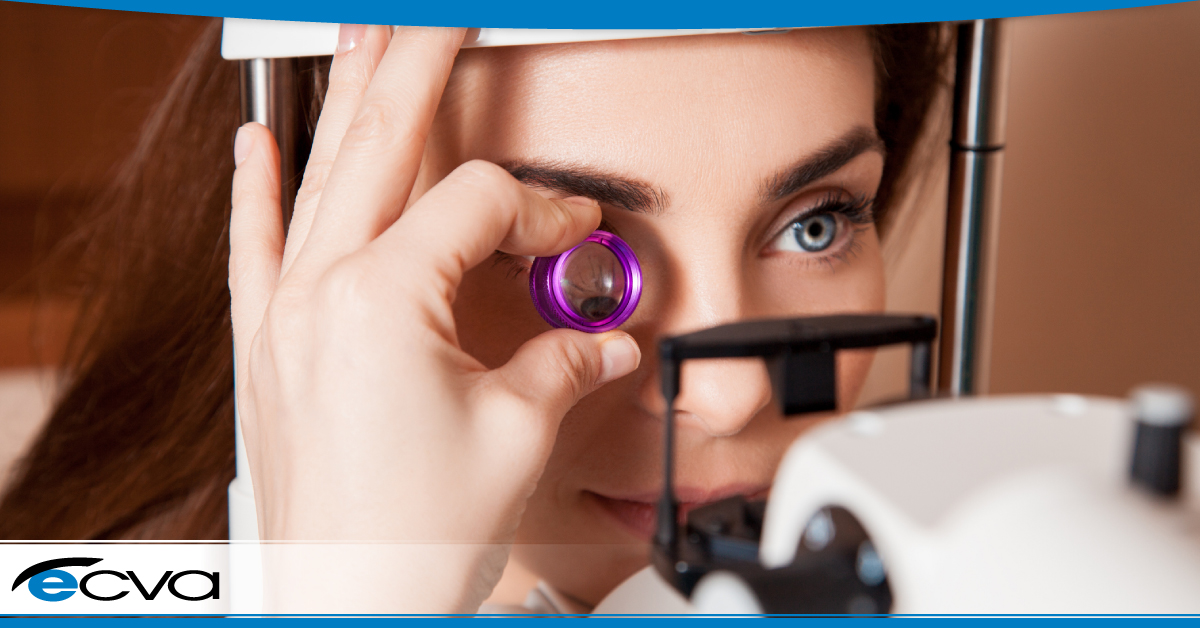Many people around the world have astigmatism. However, if you haven’t been diagnosed with it personally or were recently diagnosed, you may be somewhat unfamiliar with the term. As a result, you may be a bit nervous about what astigmatism may mean or could be fearful about how it relates to eye health.
It’s important to understand that astigmatism isn’t a disease. It also isn’t an eye health problem. Instead, it’s just an issue with how the eye focuses light. If you want to learn more about astigmatism, here’s what you need to know.
What Astigmatism Is
In the simplest terms, astigmatism is a refractive error. Irregularities in a cornea’s shape prevent light from focusing properly on the retina. In patients with astigmatism, the cornea usually has a shape that is similar to a football, instead of the normal round shape. This prevents the eye for focusing light rays into a single point, causing blurriness or visual distortions, negatively impacting a person’s eyesight, and potentially leading to other unpleasant symptoms, like headaches, eye strain, and eye irritation.
Astigmatism may be present at birth or can develop over time, not unlike nearsightedness (myopia) and farsightedness (hyperopia). In fact, a person with astigmatism is usually nearsighted or farsighted, as well. However, it’s important to note that not all people with myopia or hyperopia have astigmatism.
In some cases, astigmatism may occur after an eye injury or be a side effect of eye surgery. At times, a fairly rare condition called keratoconus is responsible. With keratoconus, the cornea becomes thinner over time and develops into a cone-shape.
How You Can Treat Astigmatism
Astigmatism is both easy to detect and to treat. Your eye doctor can diagnose astigmatism during a simple eye exam, just as they do with myopia and hyperopia. The same instruments and techniques are used, and they allow your ophthalmologist or optometrist to calculate the amount of astigmatism you may have as well as its characteristics.
After diagnosing your astigmatism, your eye doctor can present corrective options. Usually, corrective lenses – such as glasses or contact lenses – can correct astigmatism. Orthokeratology, where a series of rigid contacts are used to reshape the cornea, may also be a viable solution. In some cases, refractive (laser) surgery can also be an option, though it is less commonly used.
Once you are diagnosed with astigmatism, you’ll need to keep your regular appointments with your eye doctor. Like nearsightedness and farsightedness, astigmatism can fluctuate over time. As a result, you may need different corrective lenses to accommodate any changes, ensuring your vision can remain acute.
If you haven’t had your vision checked recently or believe you may have symptoms of astigmatism, schedule an appointment at your nearest ECVA clinic today. Our experienced team works diligently to ensure your eye health, performing thorough exams, correcting vision issues, and providing a range of treatment options designed to meet the needs of our patients.
TALK WITH ONE OF OUR EYE CARE PROFESSIONALS TODAY!
If you have further questions or would like to schedule an appointment with one of the Ophthalmologists at Eye Care and Vision Associates please call 716.631-EYES (3937) or visit www.ecvaeyecare.com .







